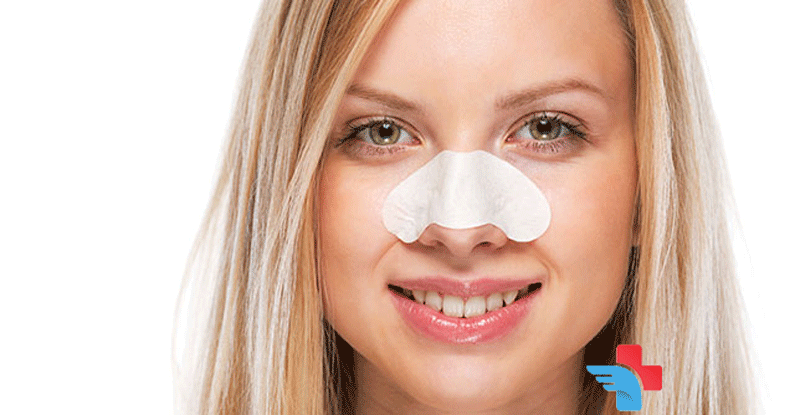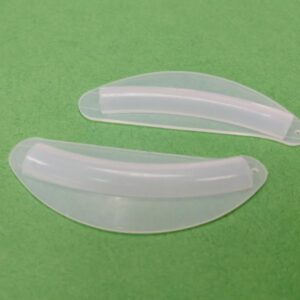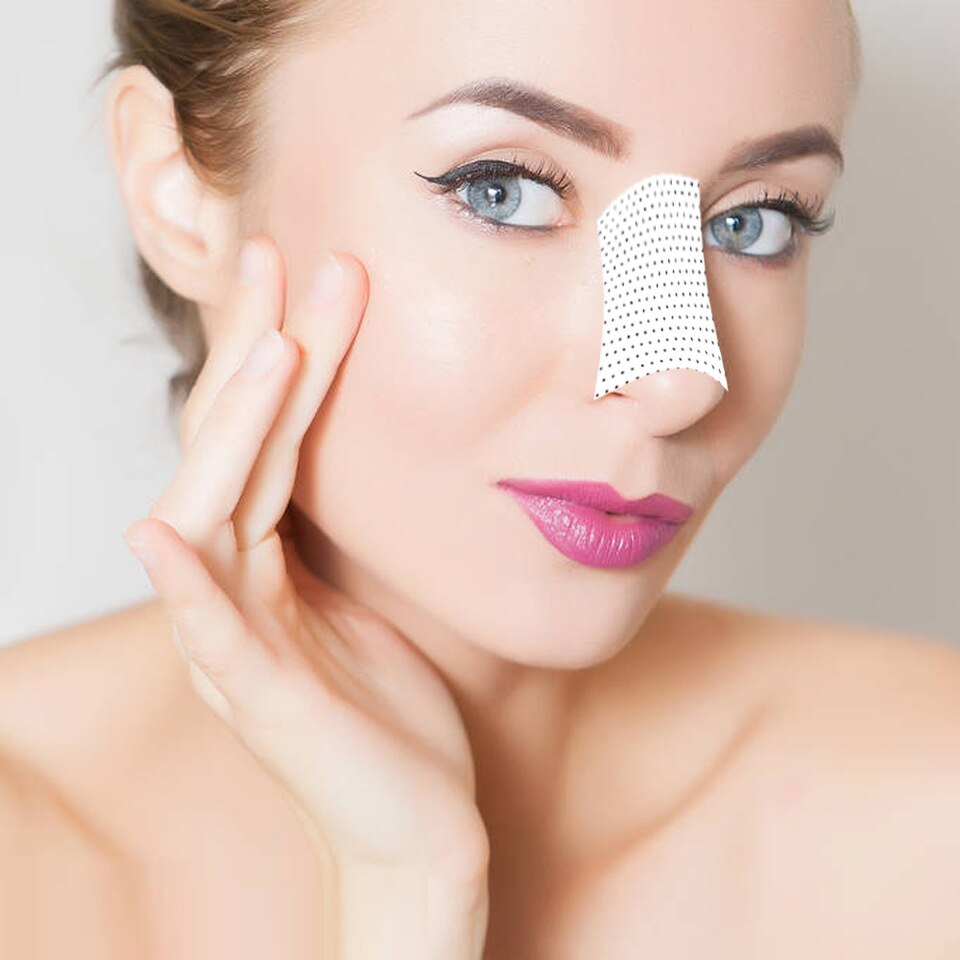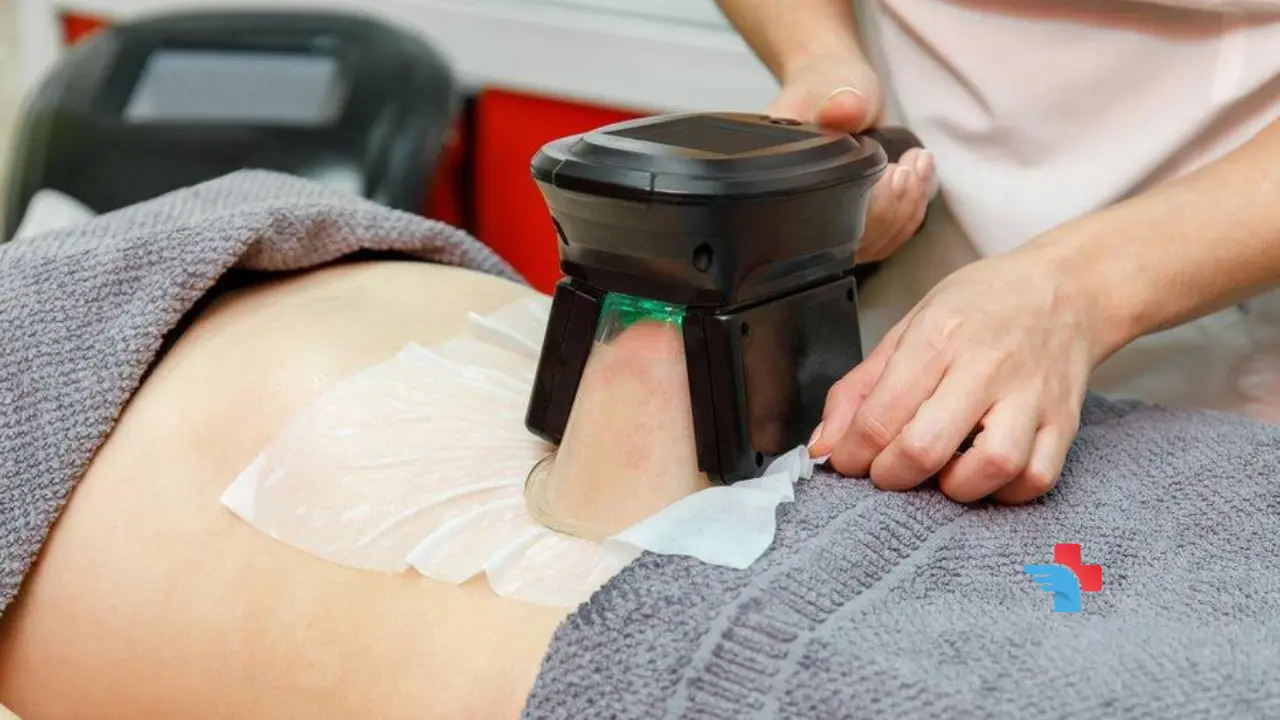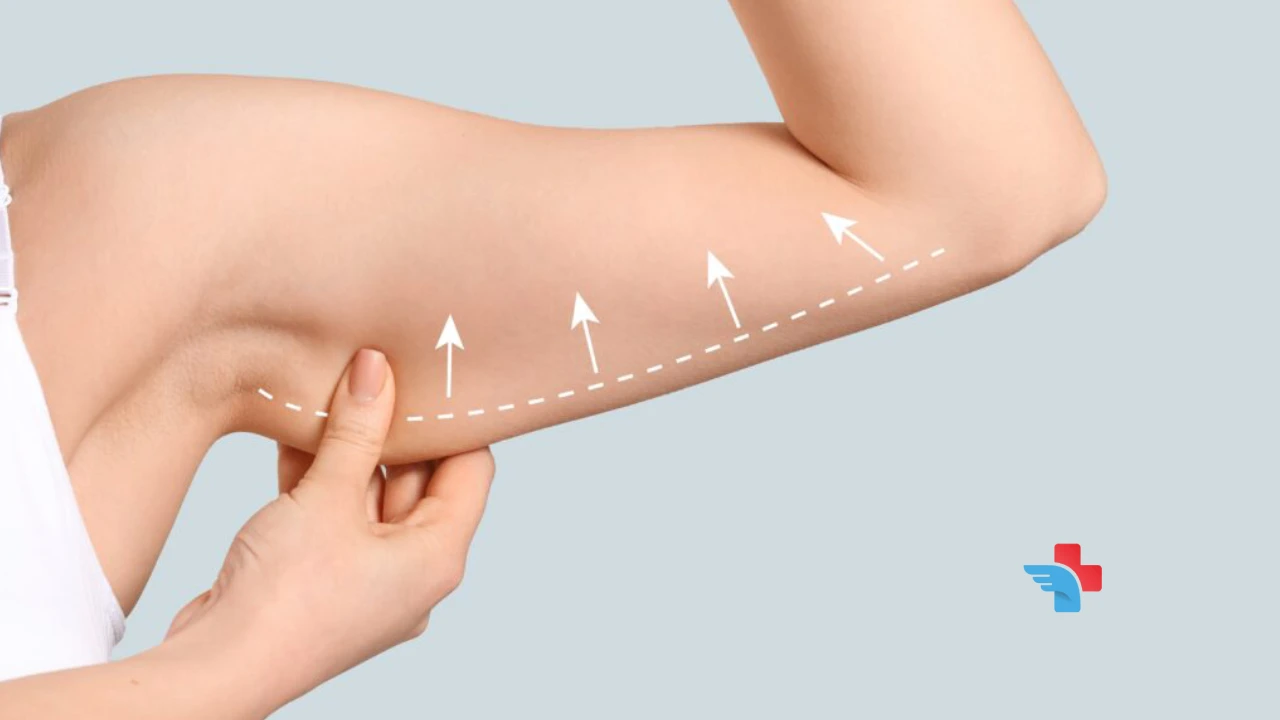What are nose splints?
If you have undergone rhinoplasty or plan to do so, you probably have heard of nasal splints. But what is a nose splint? A nose splint or a rhinoplasty splint is a plastic, silicone, or aluminum device placed inside or outside a patient’s nose to protect it after a nose job, helping the nose bones and cartilages maintain their position and not move during recovery time. The nose surgeon chooses the splint according to the patient’s needs. Rhinoplasty splints do not cause pain and are temporary.
If you want to learn more about nasal splints and their benefits, this post is for you, enjoy!
Nasal splint types
These splints are critical in speeding up recovery after nose surgery. There are two types of splints based on their position in the nose: internal splint and external splint. As the names suggest, an internal splint is placed into the nasal cavities. An external splint, which is more common, is attached to the outside of the nose by tape.
Internal nose splint
An internal nose splint is applied generally after septum deviation surgery or septoplasty. The internal nose splint comprises two pieces of plastic or other strong and flexible material inserted into the nose to support the bridge between the nostrils or the septum.
External nose splint
External splints are more popular among cosmetic surgeons. They use it during the nose’s vulnerability period to keep the new shape of the nose.
External nose splints include a bandage that covers your nose and two metal or plastic pieces along the sides to help keep the nose in shape.
The external nose splint is often held in place with surgical adhesive. Slides also help reduce inflation. These tools are used for most nasal surgeries.
Seven benefits of using a nose splint
There are some merits and benefits of using nasal splints after a nose job, including:
Keeping septum in place
An internal nasal splint is a soft silicon splint applied to keep the septum in its proper place after rhinoplasty.
Preserving the nose’s new shape
A nasal splint is used to keep the reformed nose straight after surgery. It holds the broken bones of the nose and the manipulated cartilage. It’s vital to keep the nose and its lower bone fixed during recovery to get the best result.
Protecting the nose against injury
Nose job splints protect the nose against injury and infection. Moreover, patients must take part in just light activities during recovery time.
Swelling reduction
Swelling is a typical side effect of rhinoplasty. Nose splints and nasal plasters put pressure on the skin and decrease its swelling. The nasal splint helps the nasal skin to cover the cartilage thoroughly, resulting in a better outcome.
In the case of nose swelling after rhinoplasty, some space will be created between the skin and the cartilage, increasing the possibility of scar connective tissue formation. Best cosmetic surgeons try to reduce the swelling after surgery so that the skin can completely cover the nose cartilage straight. In the case of connective tissue and hematoma formation, some new abnormalities will develop, leading to unpredictable results for surgery.
Decreasing hemorrhage and control bleeding.
Nasal splints compress the skin and mucosal membrane to decrease hemorrhage and hematoma. Internal splints keep a distance between the nose skin and its bones at the same time. This distance leaves no room for the pockets of blood, which are called hematomas.
Faster healing of the skin on the cartilage
The internal splints help the interior nasal cover (mucosa) on the interior nasal body (bone and cartilage) to heal faster.
Better breathing after nose job
Nasal splints help you breathe better after the nose surgery by loosening the nasal cavities and opening the airway.
Nine most frequently asked questions about nose splint
1- What does a nose splint do?
The rhinoplasty splints’ primary purpose is to hold the cartilage and bone in their new position after a nose job while they are healing. Nasal splints, also minimize bleeding and swelling and protect the vulnerable nose after the surgery.
2- Does a nose splint really work?
If a hematoma develops, the blood is eventually replaced by scar tissue, distorting the nose. The splints also protect the nose from injuries and hold the nasal bones in position during the healing process and maintain the nose’s new shape.
3- Do nasal splints hurt?
Not that much, but the splints or the stitch can cause some discomfort. The splints often become coated with dried mucus and/or blood; in these cases, patients may be unable to breathe through their noses if this happens.
Splints are used to provide the best long-term results. Still, they can produce temporary discomfort and difficulty breathing through the nose.
4- How long do nose splints stay in?
Most of the time, packing is removed 24 to 36 hours after surgery. Cosmetic surgeons sometimes put splints in place up to two weeks after surgery. Internal splints may be removed 3 to 5 days after surgery.
5- Does nose splint removal hurt?
Nose splint removal or suture is not usually painful. In the case of skin stretch, it may be painful a little.
6- What should be done while the splint loosens?
Rarely, do splints become loosened during the recovery period. In this case, contact your nose surgeon. Usually, removal time and loosening time are simultaneous, of course.
7- Which surgeries need nasal splints?
Rhinoplasty and septoplasty are the two primary nose surgeries that require nasal splints. Rhinoplasty is a nose surgery performed either for beauty or medical purposes. Both internal and external splints are applied in rhinoplasty based on the surgeon’s decision.
Septoplasty is the correction of the nasal septum, which is the cartilage between two nasal cavities. Internal splints are needed after septoplasty.
8- How should you take care of a nose splint after a rhinoplasty?
It is better to utilize a saline nasal spray in the nostrils and be gentle until the surgeon removes them.
9- Can you breathe through nasal splints?
A nasal splint is a temporary device used for postoperative protection. But during this period, there may be some disturbance in normal breathing.
Are there any side effects in using a nose splint?
There is no risk in using nasal splints. There may be some side effects like:
- Nose splints may create a little discomfort; removing them also, creates a little discomfort but not pain.
- Nose splints may become coated or bloody.
- Nose splints may become loose.
Do nose surgeons use nose splints in Iran?
Rhinoplasty is one of the most popular plastic surgeries in Iran. Cosmetic surgeons in Iran sometimes use slightly different techniques for nose surgeries. Some of them use an internal splint, some others use external splints, and some do not use any splints. Those surgeons using nose splints, use the highest quality splints.


